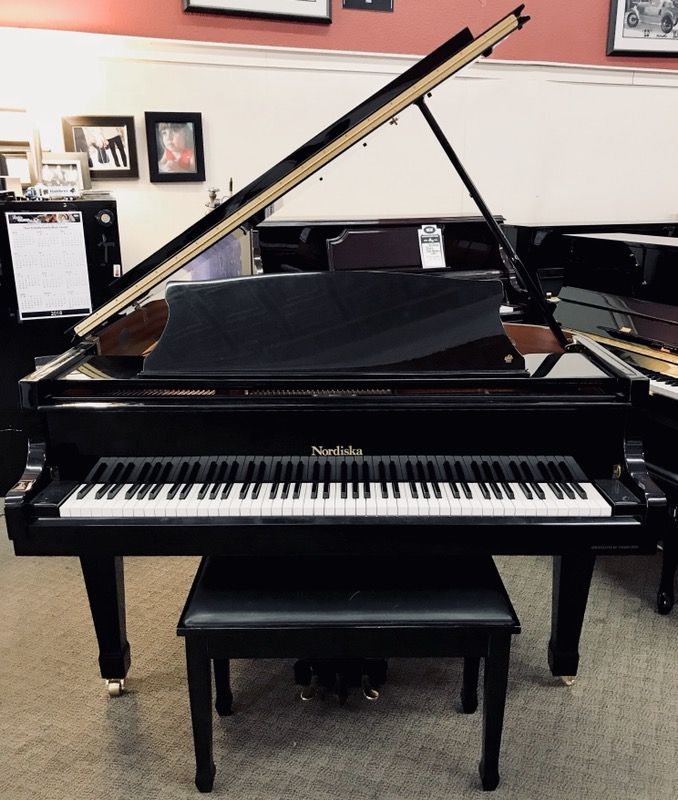

The colour red was used by some composers to indicate metric alterations, the use of such "colouration," as it was known, later giving way to other devices.Īround the middle of the twelfth century we find the keyed monochord, which was developed further, several strings being added, until eventually we recognize the clavichord. Around 1400 in England the system of notation began to resemble our modern form, with open and closed notes. Then around 1160 in Paris the familiar five lines of the staff can be seen with the music notation, giving a clearer sense of pitch.

At first it was crude, no more than a simple curve to indicate that the pitch should rise or fall. The strings of the psaltery are plucked with the fingers or with a feather quill, as are the strings on the harpsichord.Īround this time in Rome, music notation started to be developed. Small wooden hammers are used on the strings of the dulcimer to set the strings vibrating, much as the hammers do on the piano's strings. The dulcimer and the psaltery may look alike, but they are played differently. The hammer dulcimer is an ancient instrument dating back to before Christ, and it originated in Iran. The psaltery can be considered a forerunner of the harpsichord, since the strings are plucked, just as the dulcimer can be considered a forerunner of the piano, since its strings are struck.

It is a shallow closed box where strings are stretched and sounded by plucking with the fingers or plectra.

The psaltery was common in the fourteenth and fifteenth centuries. It was plucked, and would now be referred to as a tone metre The bridge is moved to each marking to give you a new note. The monochord is simply a sound box with a single string stretched over a movable bridge to the position required, which is determined by a scale marked by "0" on the surface. The harmonic curve caused by the varied speaking lengths of strings dictated the shape of the frame of the piano and broadly follows the shape of a harp. Once two or more parallel strings were added to the bow, a rudimentary harp was created.The first stringed instrument was the harp, on which the strings are plucked. Later it would have become clear that by stopping the string at different points and varying its length and thickness it could be made to sound other notes. The hunter would also have heard that the string of his bow would sound a definite pitch. This history of the piano covers the period from the piano's invention to modern times, with background information on its predecessors in earlier centuries.Īt some time in the distant past, ancient man must have discovered that by stretching a thong between the horns of a dead animal, or on a branch that forked, a musical sound could be produced.


 0 kommentar(er)
0 kommentar(er)
